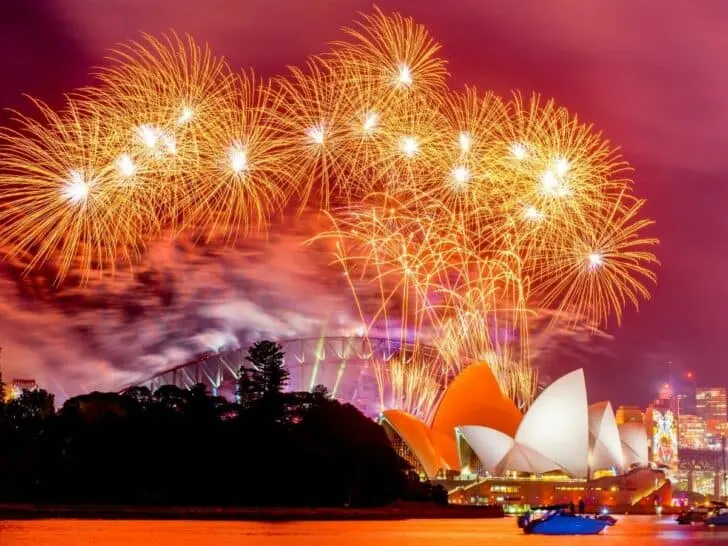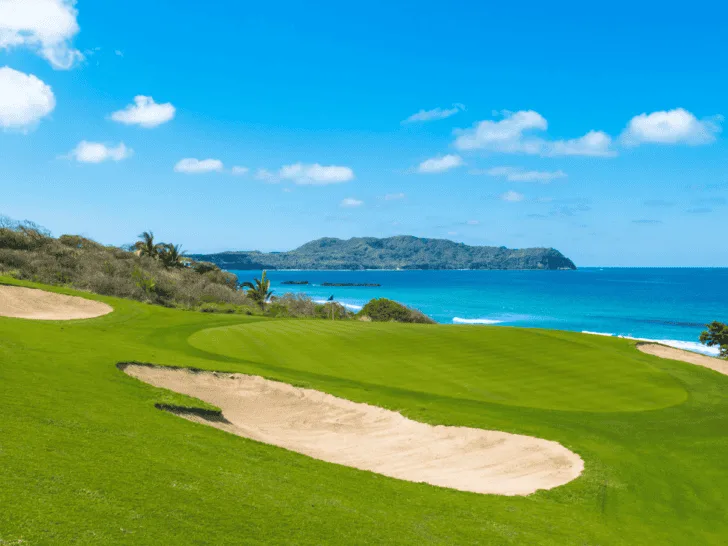You might want to take that trip to Venice or Bordeaux now—they might not exist in the coming years. Overtourism and a quickly changing climate are just a couple of the reasons why some of the world’s most loved places might not exist within the next century.
According to the World Monuments Fund, an NGO that monitors the preservation of the world’s most meaningful places, several notable cultural sites and natural attractions may vanish before our eyes.
Visit these endangered places before it’s too late:
1. The Vineyards of Bordeaux, France
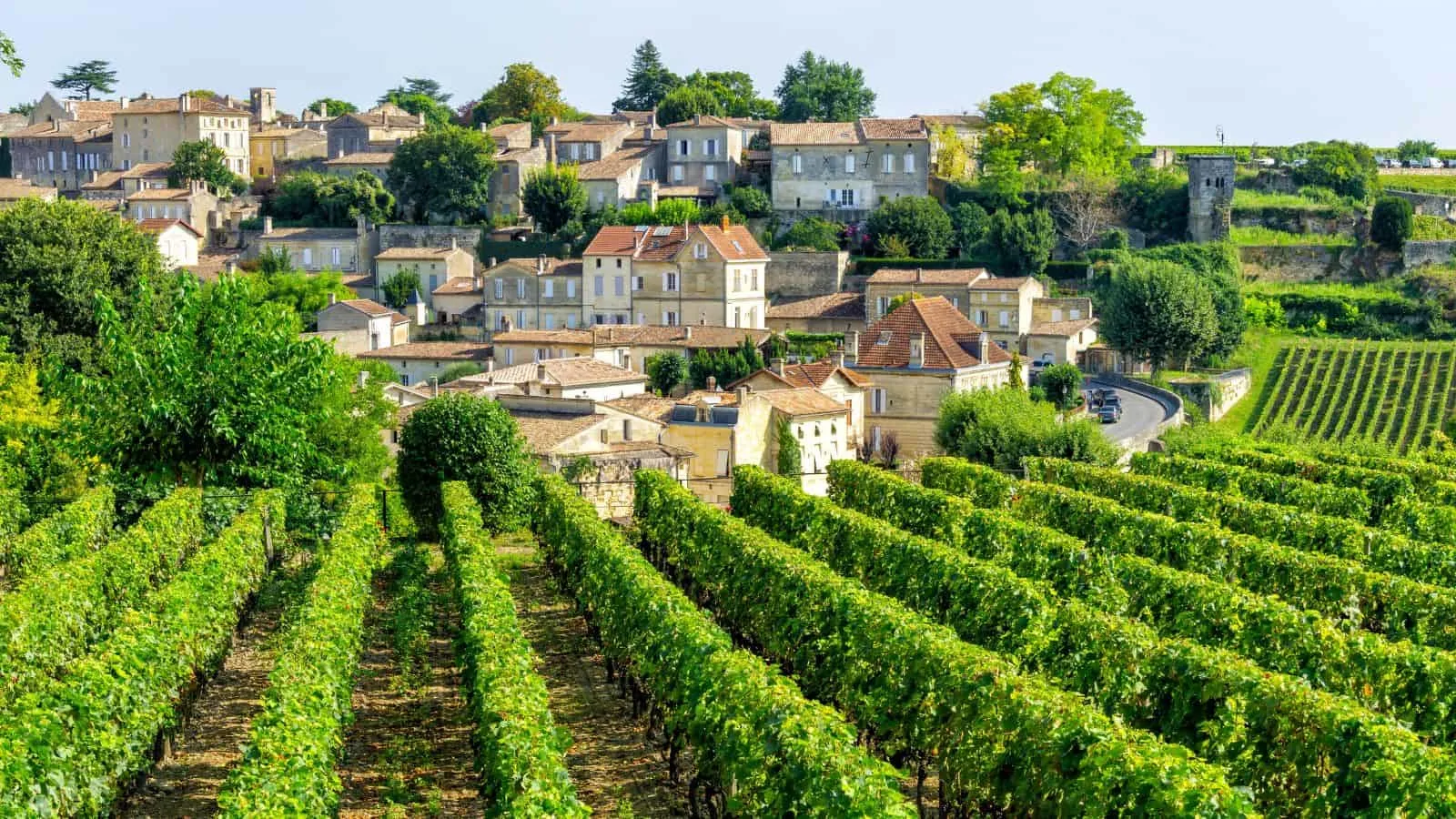
You might be surprised to learn that Bordeaux, famous for its eponymous red wine, is at risk of not existing. The wine-growing region in France has been affected drastically by changes in rainfall and temperature. As a result, the amount of viable wine produced in the region is dropping yearly.
Chateaux within the region are packing up and looking to move to new land or plant different crops due to dwindling sales caused by this change in climate.
2. Glacier National Park, Montana
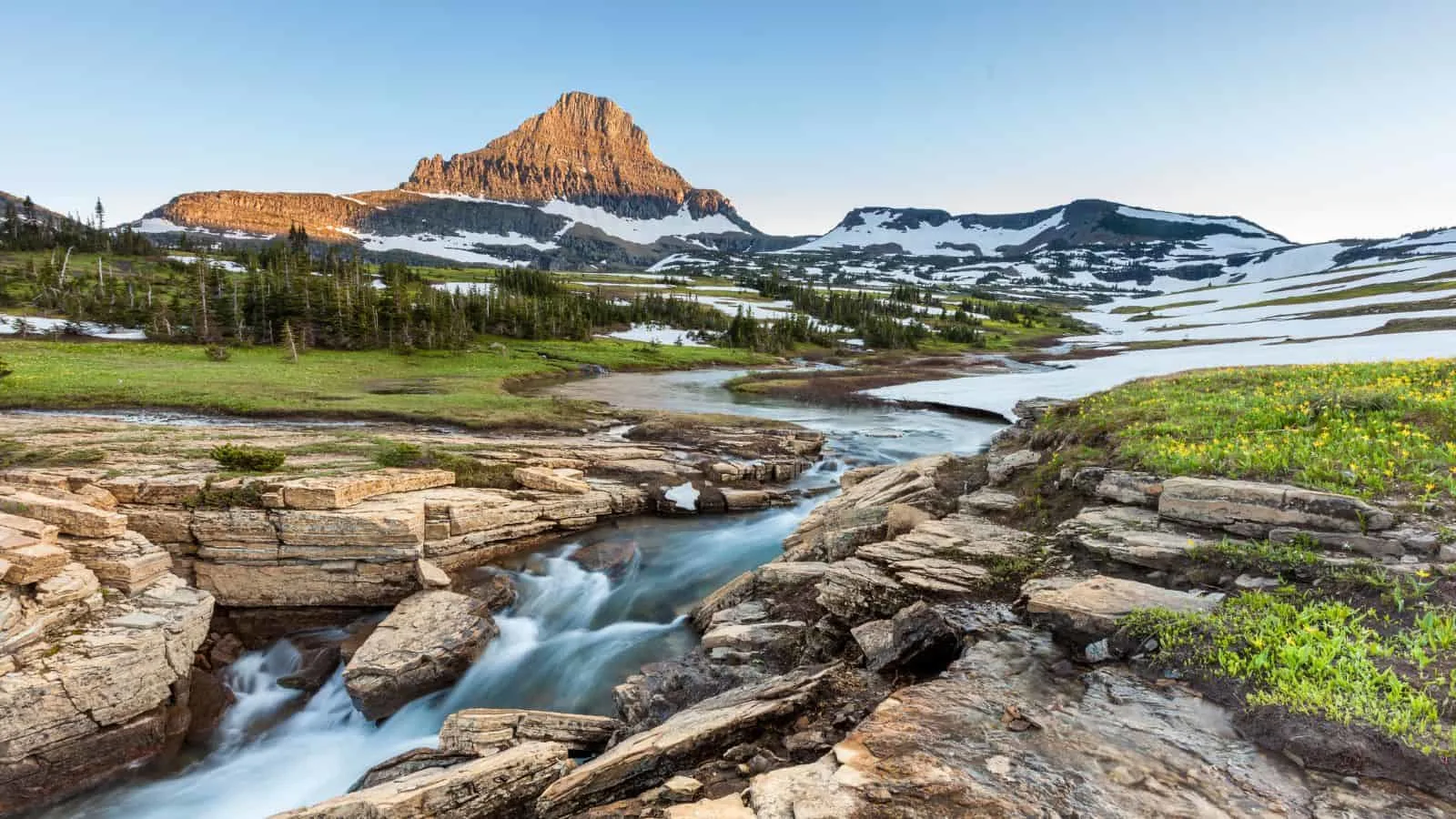
Tourists visiting Glacier National Park are only seeing a mere fraction of the site’s former beauty. In 1850, 150 glaciers occupied the region. Today, only 25 can be found. Scientists anticipate that the park will be entirely glacier-free by 2030, according to the NASA Earth Observatory.
3. Petra, Jordan
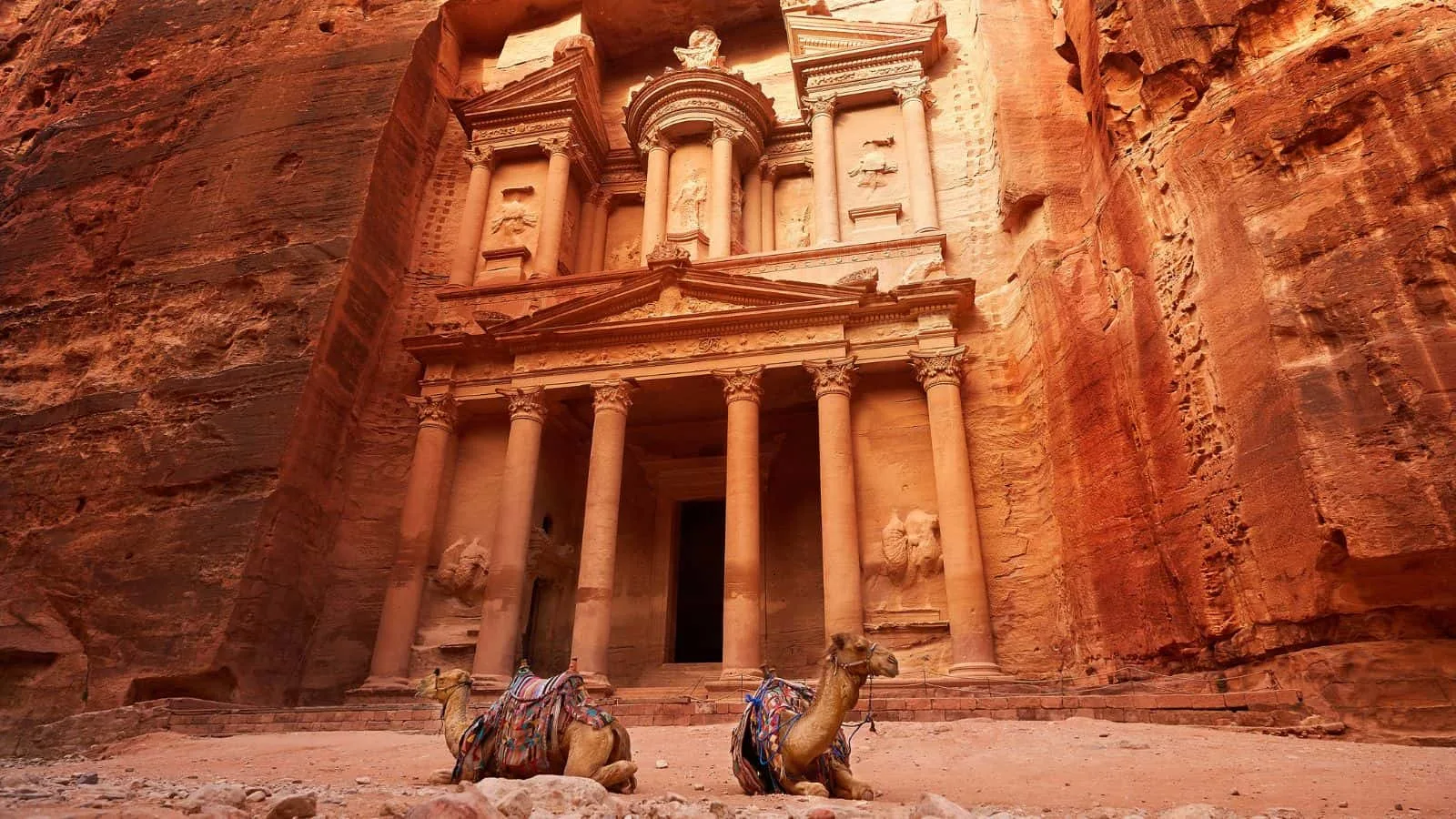
Jawdropping Petra is undeniably one of Jordan’s biggest tourist sites. The UNESCO World Heritage site boasts entire buildings carved out of a rock.
Humidity, erosion, and saltwater are causing this monumental site to disappear, which has been plagued previously by flash flooding.
4. The Maldives
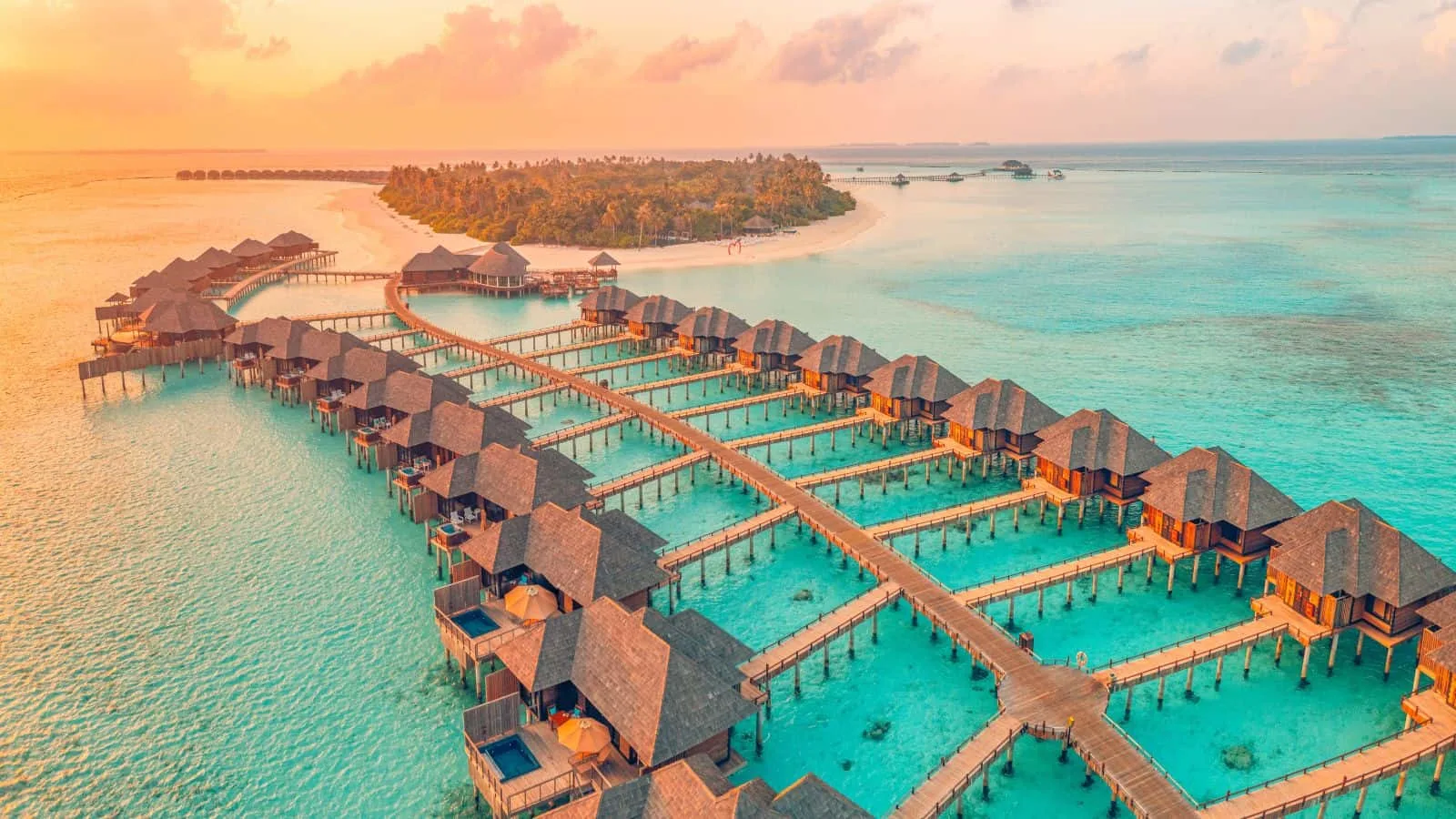
Rising sea levels are the reason the Maldives, the lowest country in the world, is sinking. Comprised of 1,196 islands and known for its blissful blue water, peace and quiet, and examples of nature in its full glory, the Maldives sits just eight feet above sea level.
UNICEF predicts that the entire country will be fully submerged by 2100.
5. Socotra, Yemen
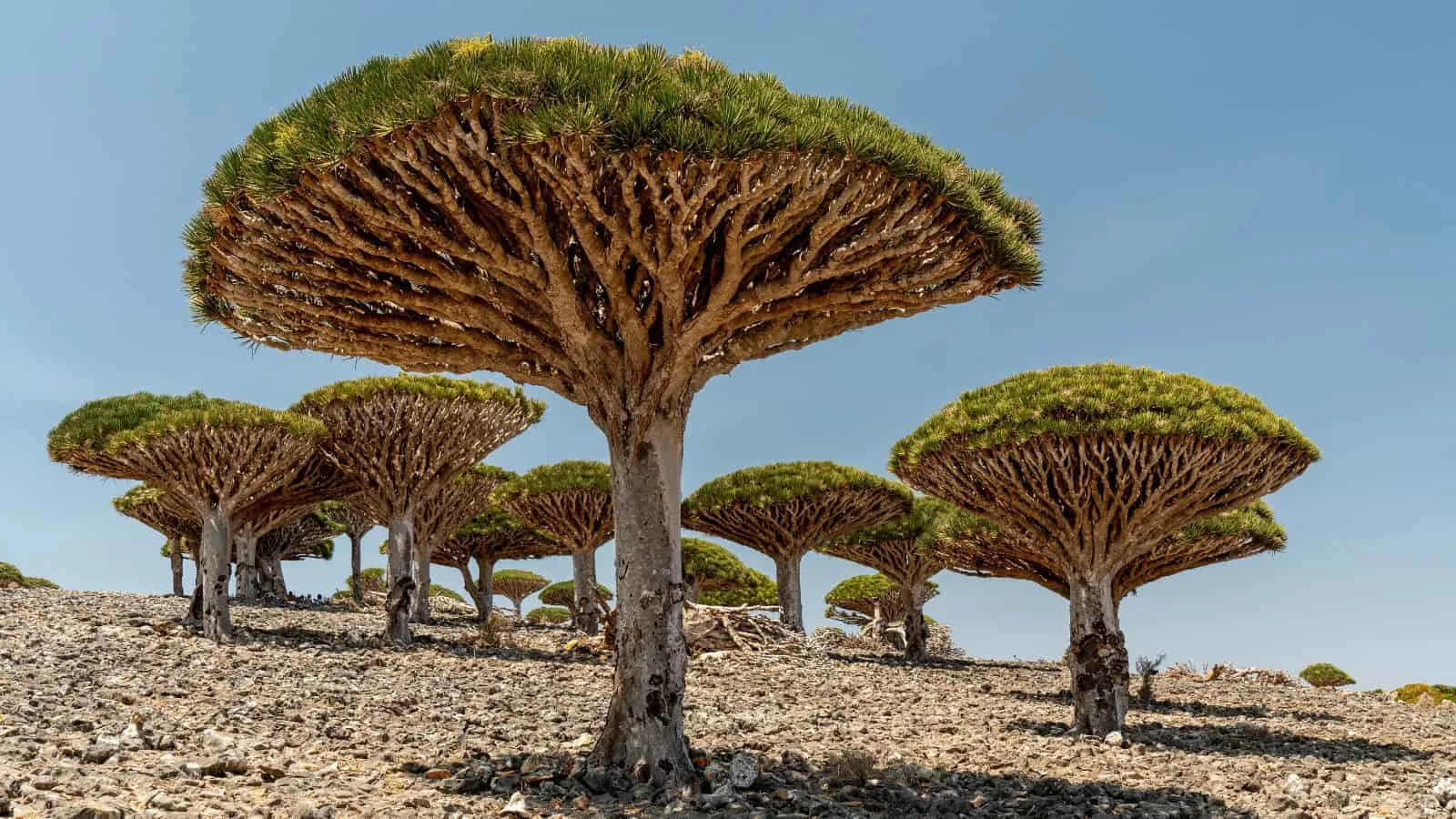
Yemen’s otherworldly Socotra Island is the only place in the world where dragon blood trees exist. Home to over 700 endemic species, the unusual island is now at risk for a myriad of factors, including Yemen’s current conflict, global warming, logging, and overgrazing reports The Independent, which investigated the United Arab Emirates’ quiet takeover and annexation of the island from Yemen.
The effects of climate change mean that water is becoming increasingly scarce in Socotra, where a desert landscape made the resource tough to find to begin with. To make matters worse, in 2015, a large storm upended hundreds of ancient dragon blood trees and killed a meaningful amount of coral. Meanwhile, locals describe that the UAE has bulldozed part of the island in preparation for building tourist infrastructure.
6. The Dead Sea
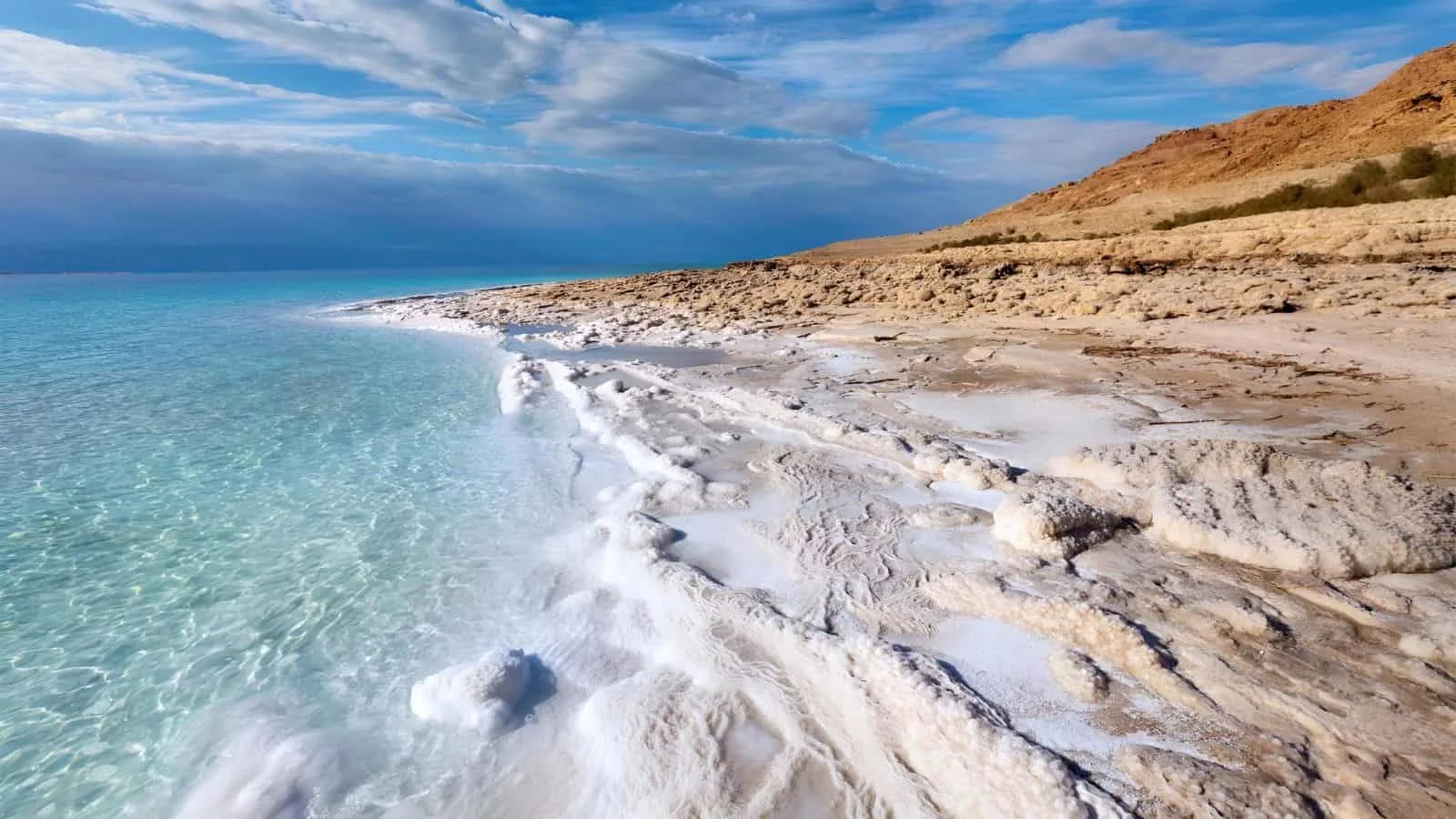
The Dead Sea’s high salinity allows visitors to simply lean back and float with no effort. At 1380 feet below sea level, it’s also the lowest point on earth.
Soon, visitors might not be able to partake in this fun natural phenomenon. The water levels of the large lake are dropping at a rate of four feet per year. Compared to half a century ago, the Dead Sea is now only a third of its previous surface area, according to NPR.
Jake Ben Zaken, the only tourist boat operator allowed on the Dead Sea, warns, “You’ve seen a living disaster in front of your eyes.”
7. Teotihuacan, Mexico
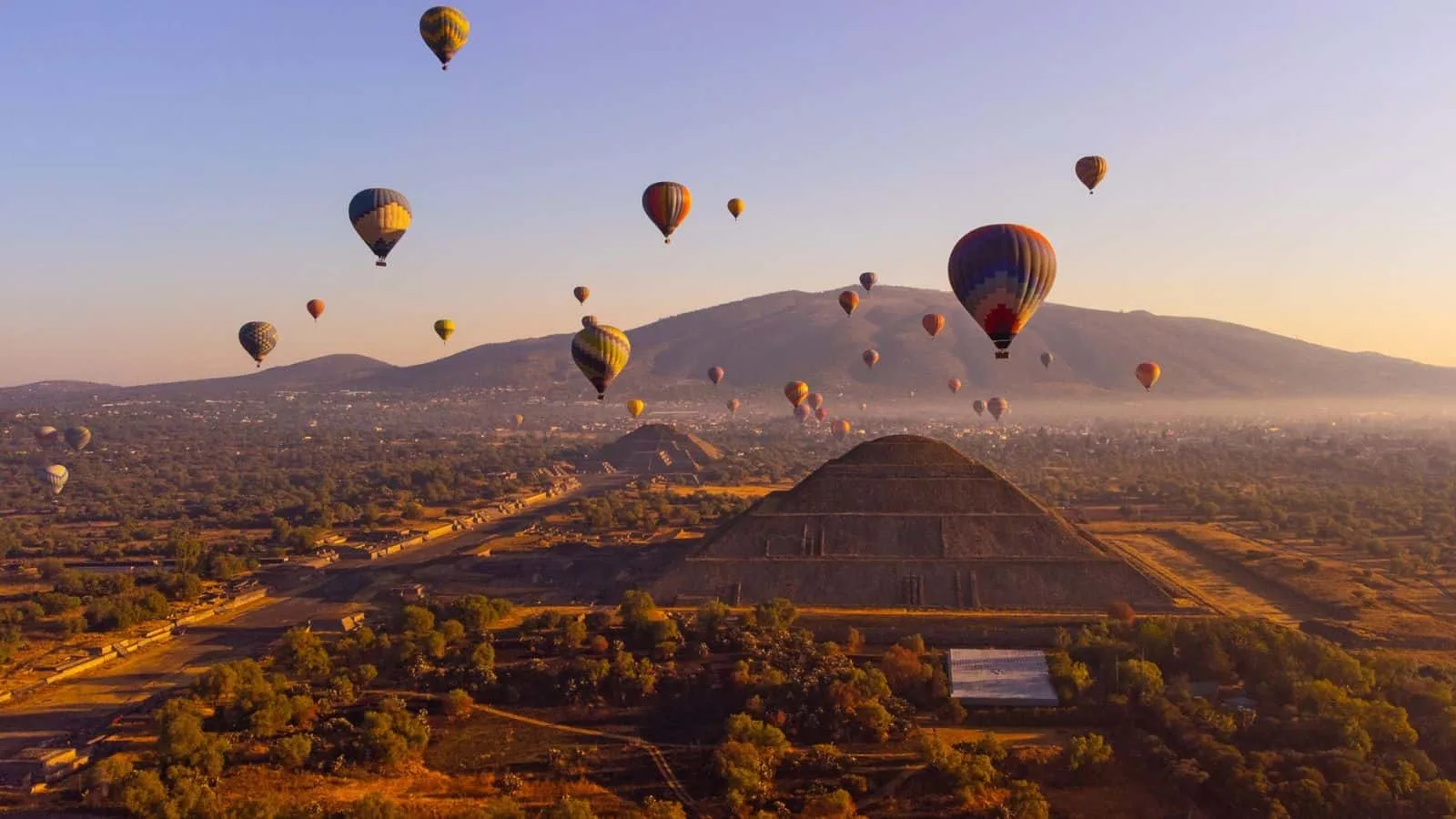
Teotihuacan is a prime example of Mayan culture in Mesoamerica, but it may not be around for much longer. Constructed in the 1st century, this once glorious city is estimated to have had nearly 200,000 people living in it during its peak.
Today, the main archeological zone and two adjacent protection areas encompass 8,350 acres in Mexico. Still, they are at risk of disappearing, mostly due to a lack of resources to maintain it and damage from tourism, states the World Monuments Fund.
8. Nuri, Sudan
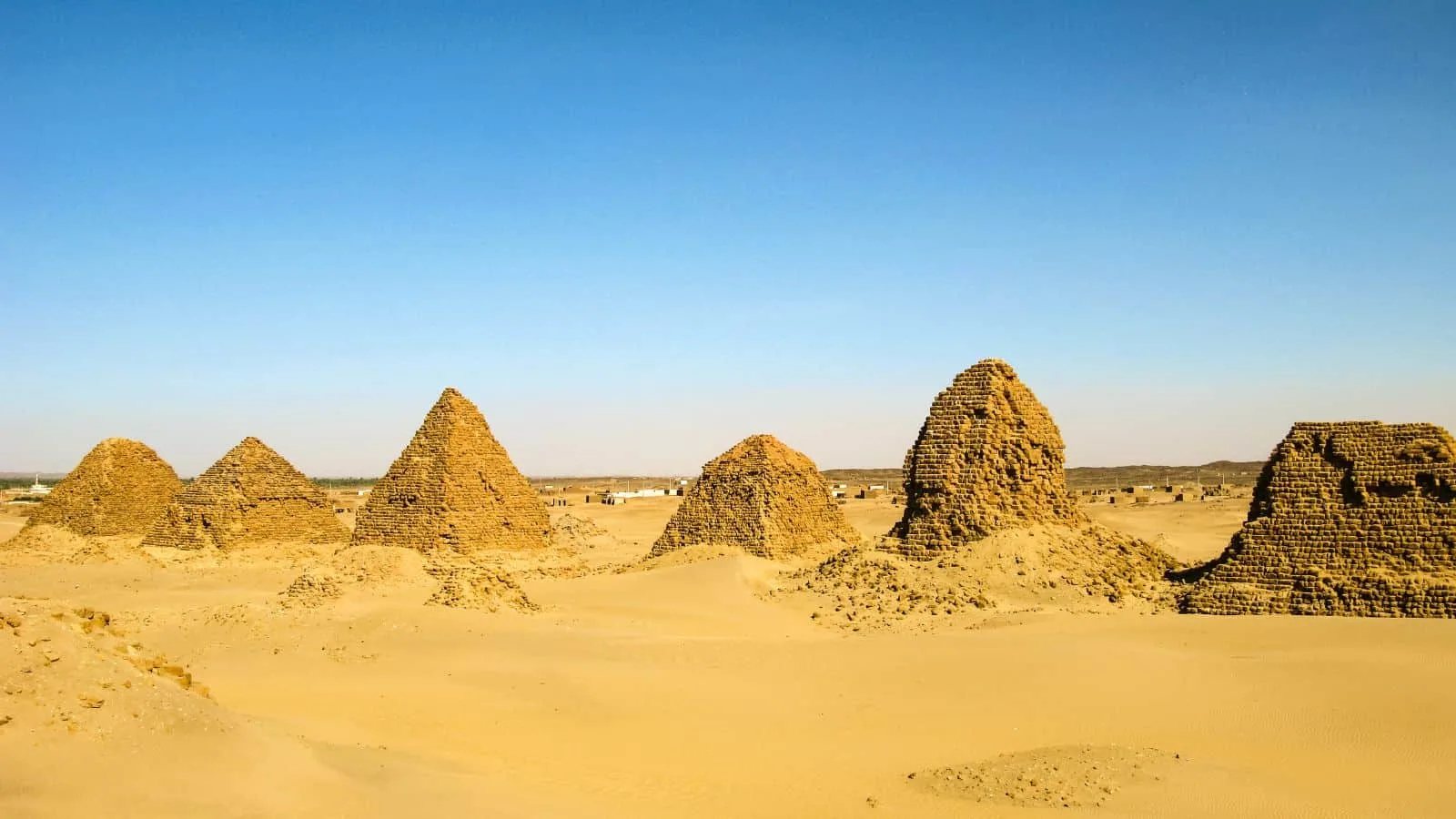
Nubian pyramids don’t just exist in Egypt. Nuri, the second of three Napatan burial sites, has pyramids all of its own, constructed 1000 years after those in Egypt.
Unfortunately, these pyramids haven’t been maintained in the same way that the Great Pyramid of Giza has. For that reason, immense conservation efforts are needed to percent this ancient site from crumbling down entirely.
9. The Great Barrier Reef, Australia
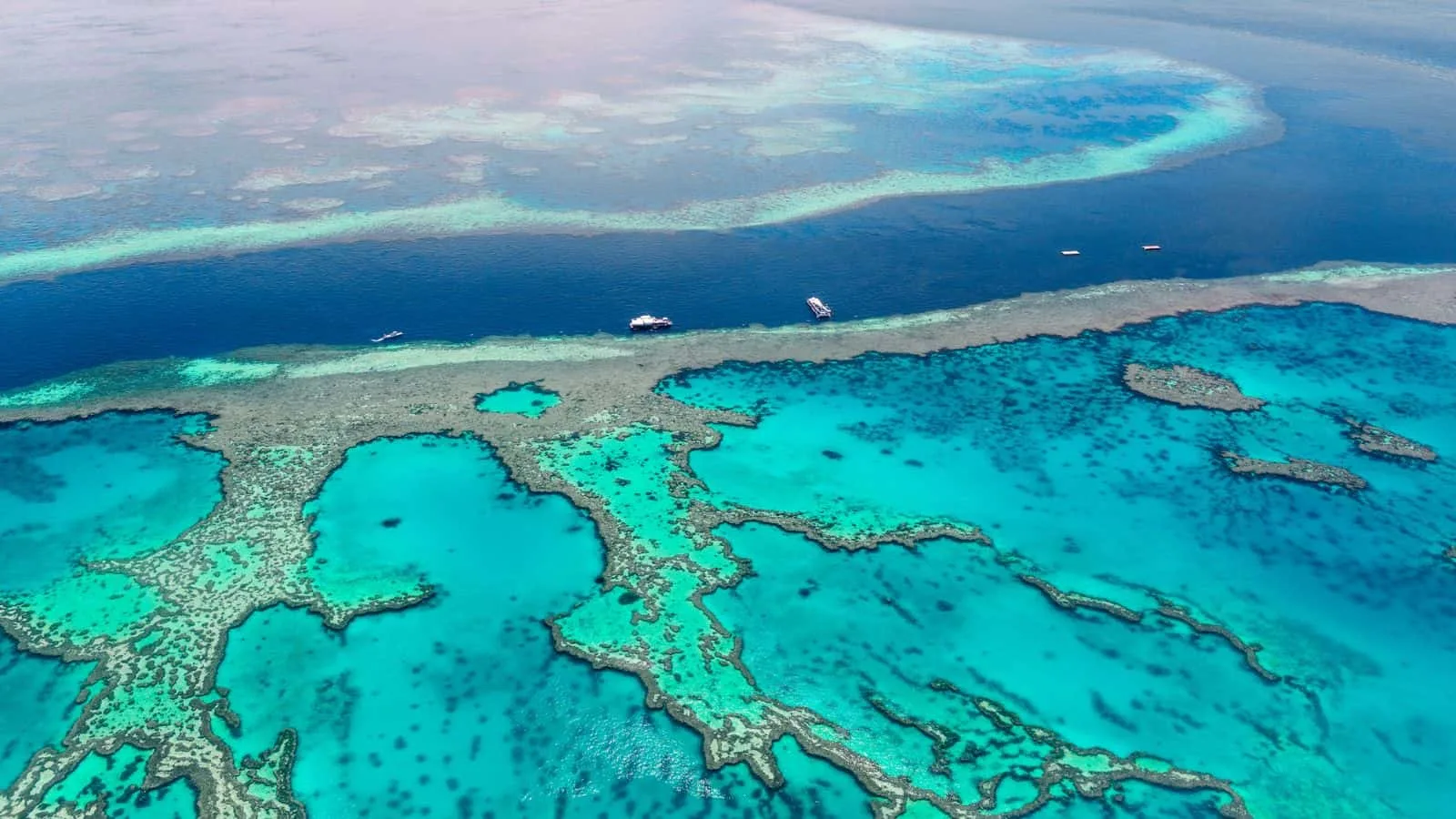
The Great Barrier Reef is the largest coral reef on earth, but if drastic changes don’t happen soon, it may not be for much longer. Climate change, pollution, ship traffic, tourism, and overfishing are quickly destroying the reef.
“The coral crisis is a climate crisis. We must act urgently to stop burning fossil fuels, or we will lose coral reefs worldwide,” states Pepe Clarke, oceans practice leader at WWF.
10. Nauru
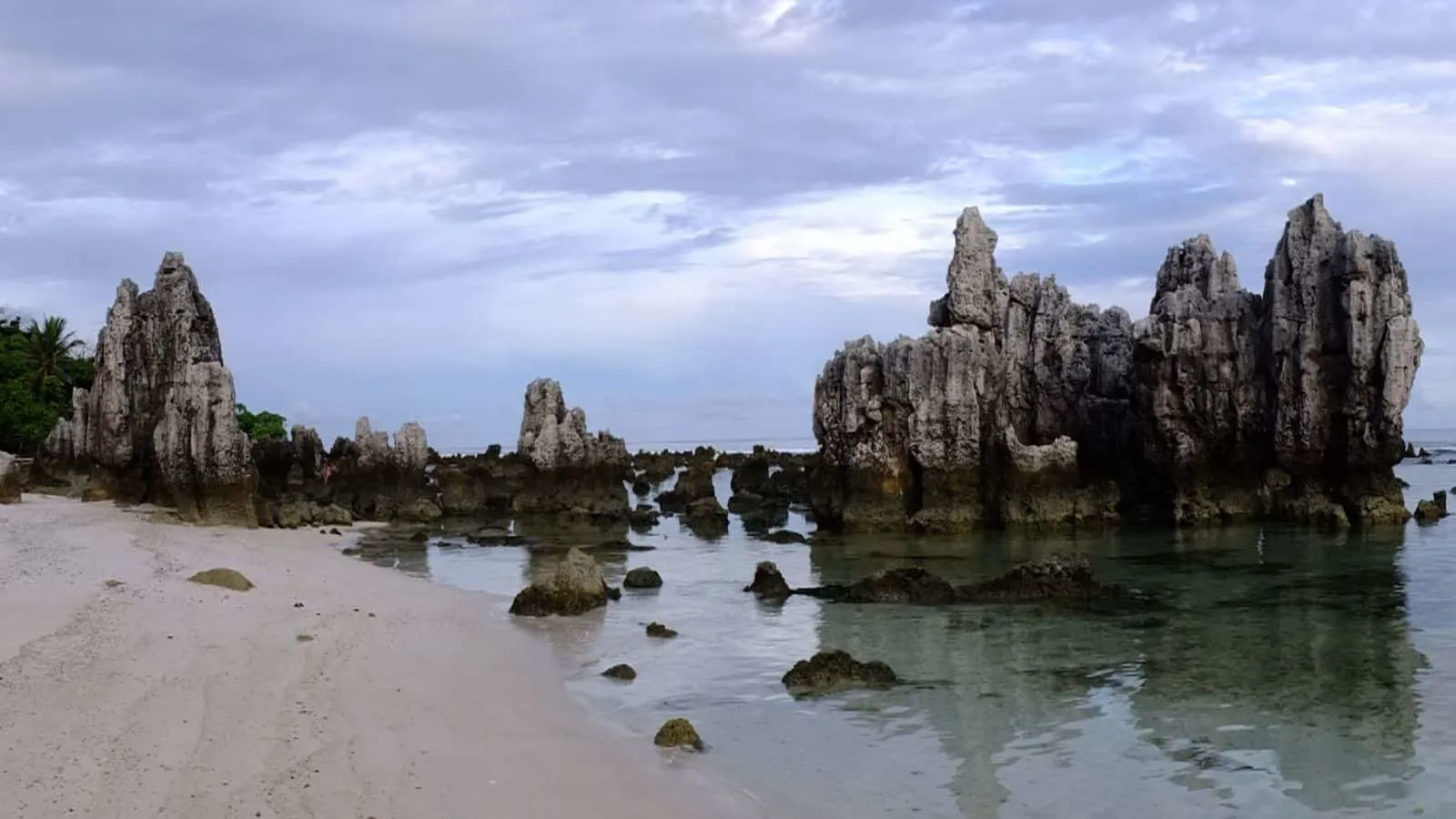
Tucked away in the South Pacific Ocean, Nauru is the third-smallest and least-visited country in the world, at just 8.1 square miles. At one point in the 20th century, this tiny nation was the richest in the world, according to The Science Survey, thanks to bird droppings that covered four-fifths of the island in phosphate deposits.
80% of the 43 million tons of phosphate produced in Nauru over the last 100 years has been removed through strip mining. Gutting the island of everything, this process has turned Nauru into an “environmental wasteland,” causing it to be declared inhabitable in the 1990s.
11. Patagonian Ice Fields, Chile and Argentina
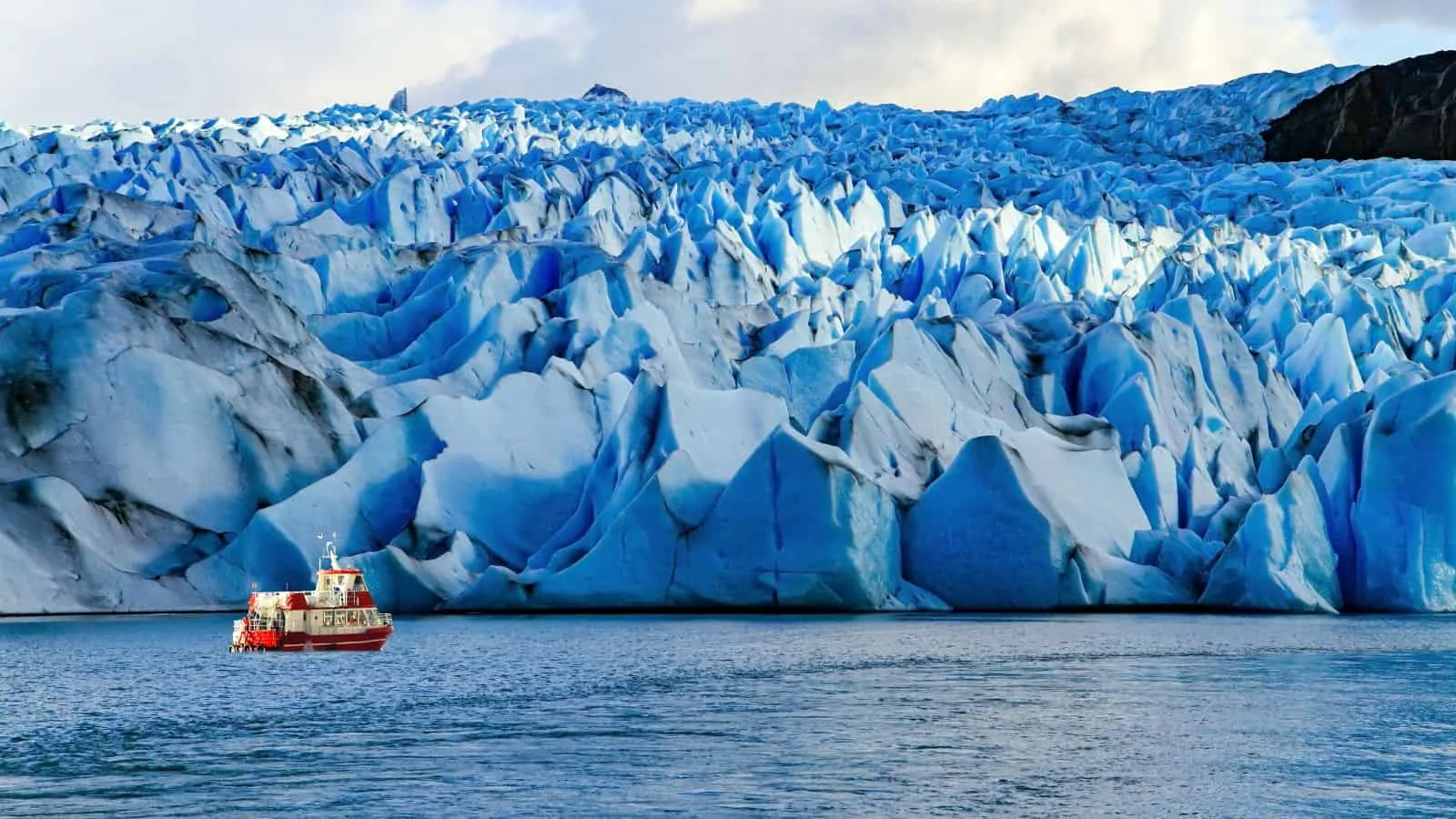
The Patagonian Ice Fields may not hold the title of being the second-largest in the world and largest in the Southern Hemisphere for much longer, as they melt at a rate 1.5 times faster than before, according to Cornell University researchers.
NASA data shows that ice is moving across Patagonia at rates ranging from a few centimeters to 10,000 meters per year. The melting of the ice fields is contributing to rising sea levels, which is causing chaos for coastal cities and islands around the globe.
12. The Galapagos Islands, Ecuador
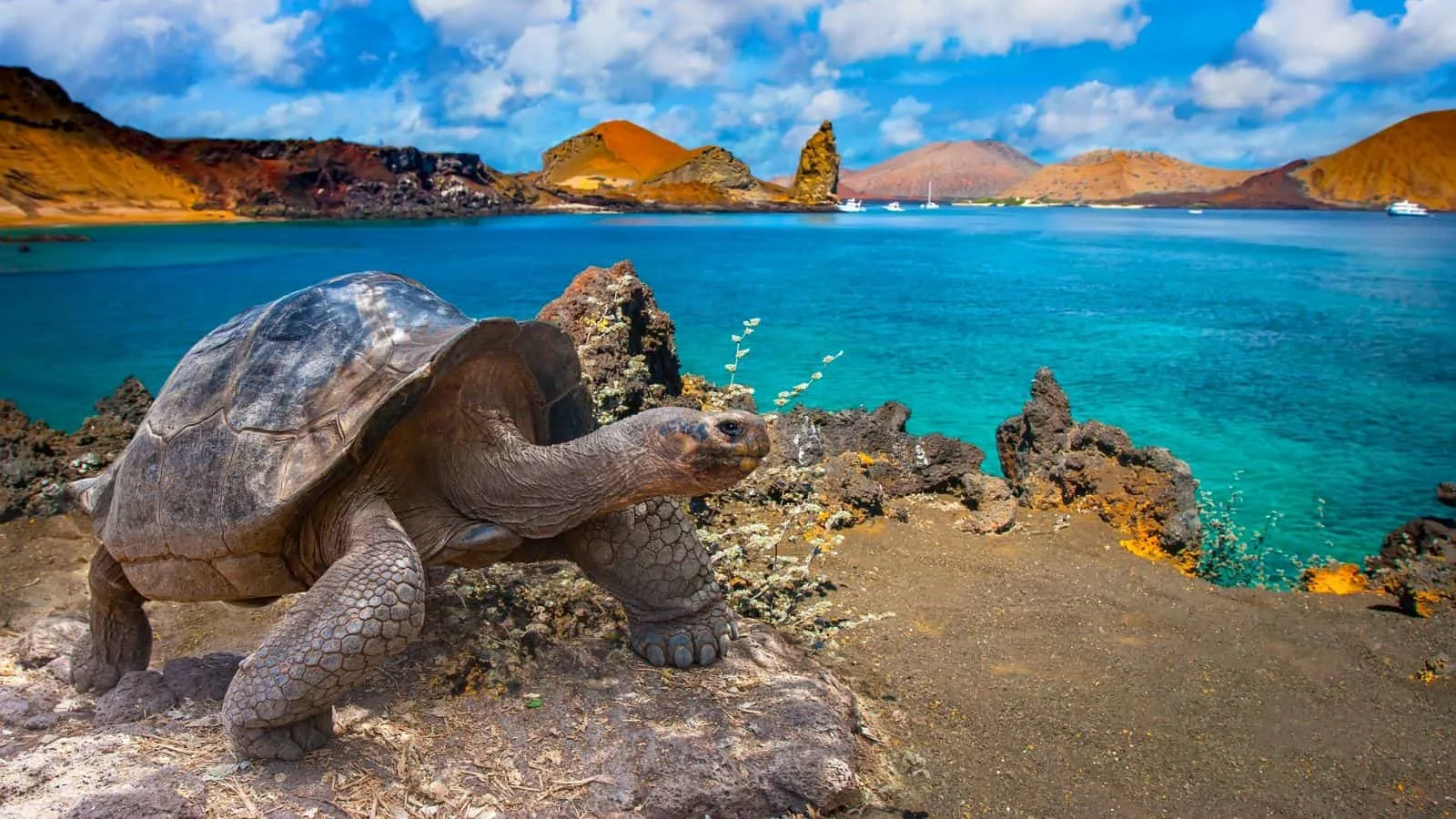
The Galapagos Islands are regarded as one of the world’s premier destinations for untouched wildlife, but that may not be true in the coming decades. Brazen tourists, overfishing, invasive species, and global warming are now putting this paradise at risk.
13. Venice, Italy
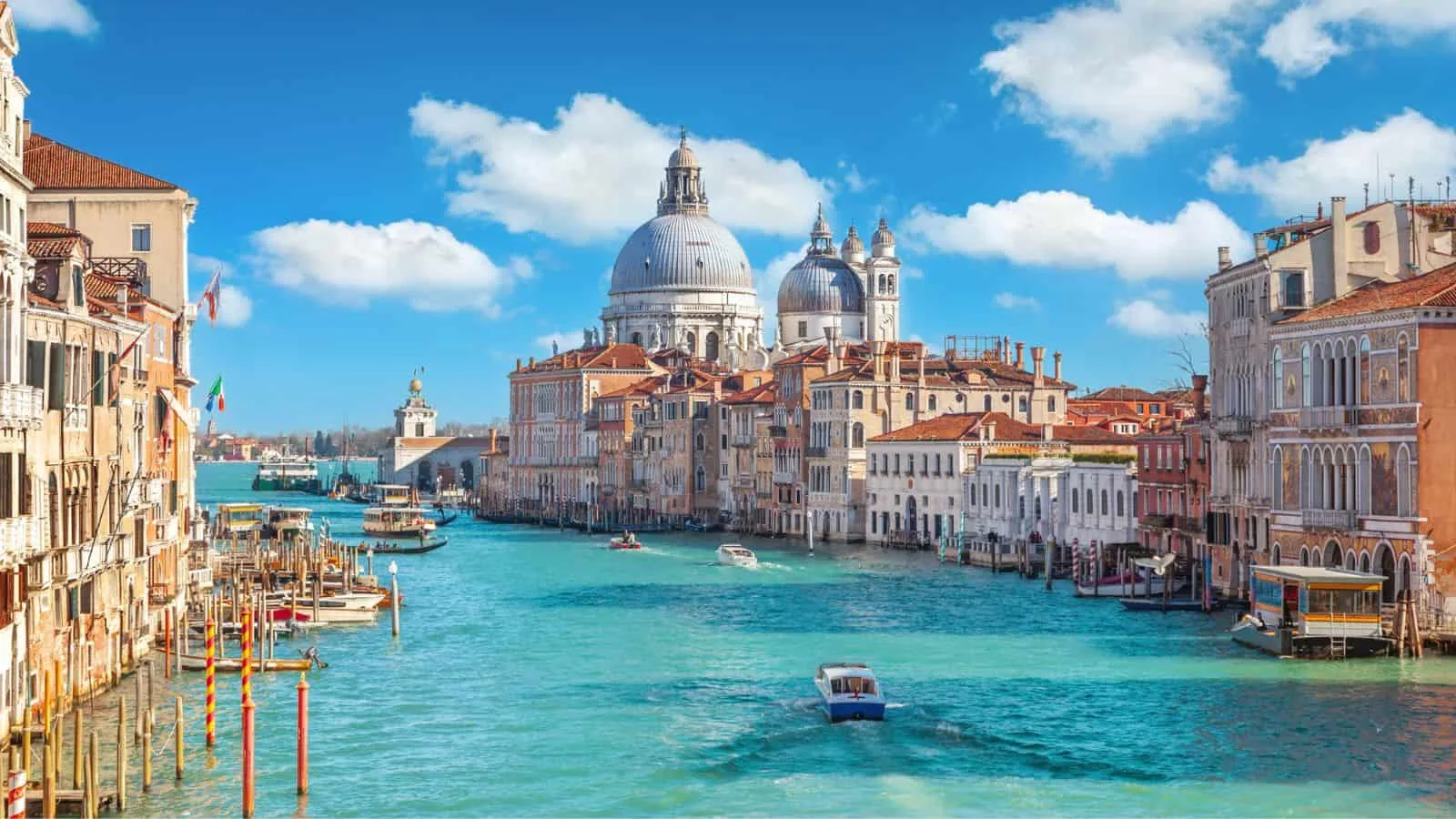
There’s no good way to say it: Venice is sinking. Italy’s canal-filled city, known for its gondola rides and rich culture, floods 100 times per year on average. Tides during a November 2019 flood, the second-worst on record in the city, reached heights of 6.1 feet.
Built on 120 islands connected through 177 canals, the BBC predicts Venice will be fully submerged by 2100 if climate change and overtourism don’t subside.
14. White Cliffs of Dover, Great Britain
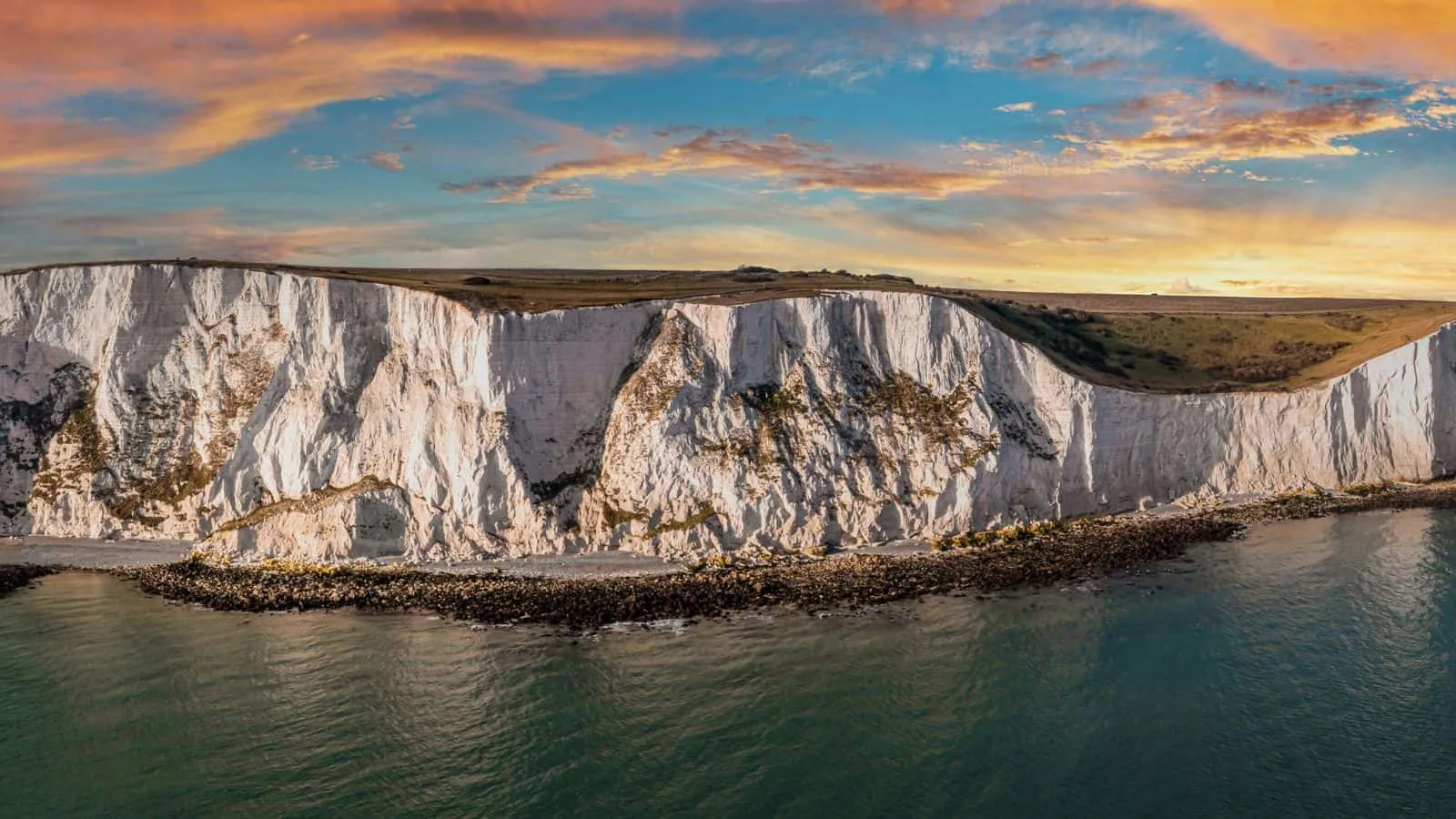
New research published in the Proceedings of the National Academy of Sciences shows that England’s famous white cliffs have eroded ten times faster in the last 150 years than in the 7,000 prior.
Chalk, which composes the cliffs is weak and subject to bad erosion, catalyzed by heavy storms in the region. Previously, erosion from these storms was slowed by large beaches, which now barely exist.
15. The Congo Basin
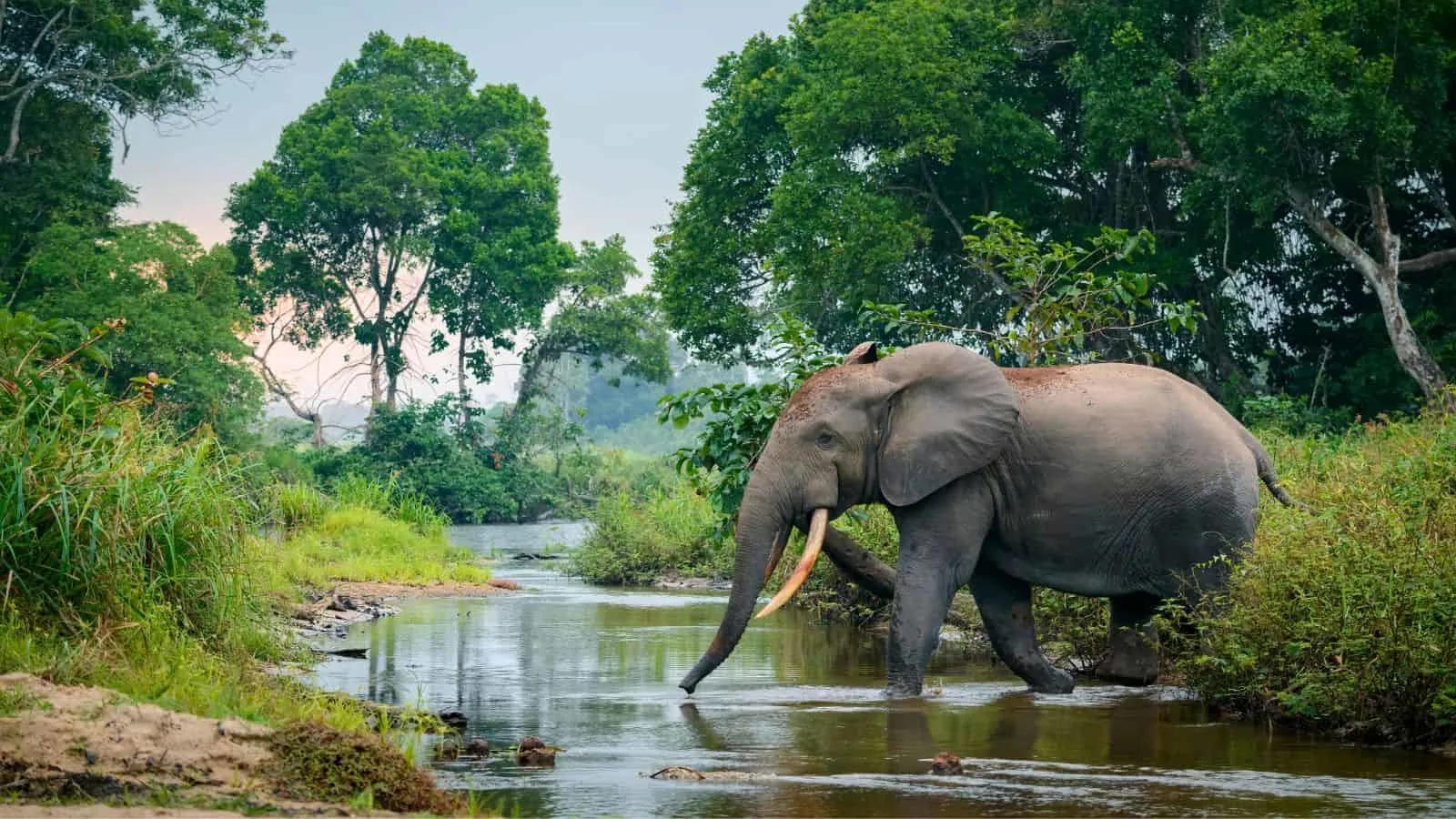
The world’s “second lung,” filled with lush, fruitful land and impressive biodiversity, may be taking its last breath soon.
Research from the Observatory for Central Africa Forests concludes that by 2050, at least 27% of The Congo Basin’s untouched rainforests will disappear if deforestation continues at its current rate. Poaching is also harming the native wildlife in the region.
16. Everglades National Park, Florida
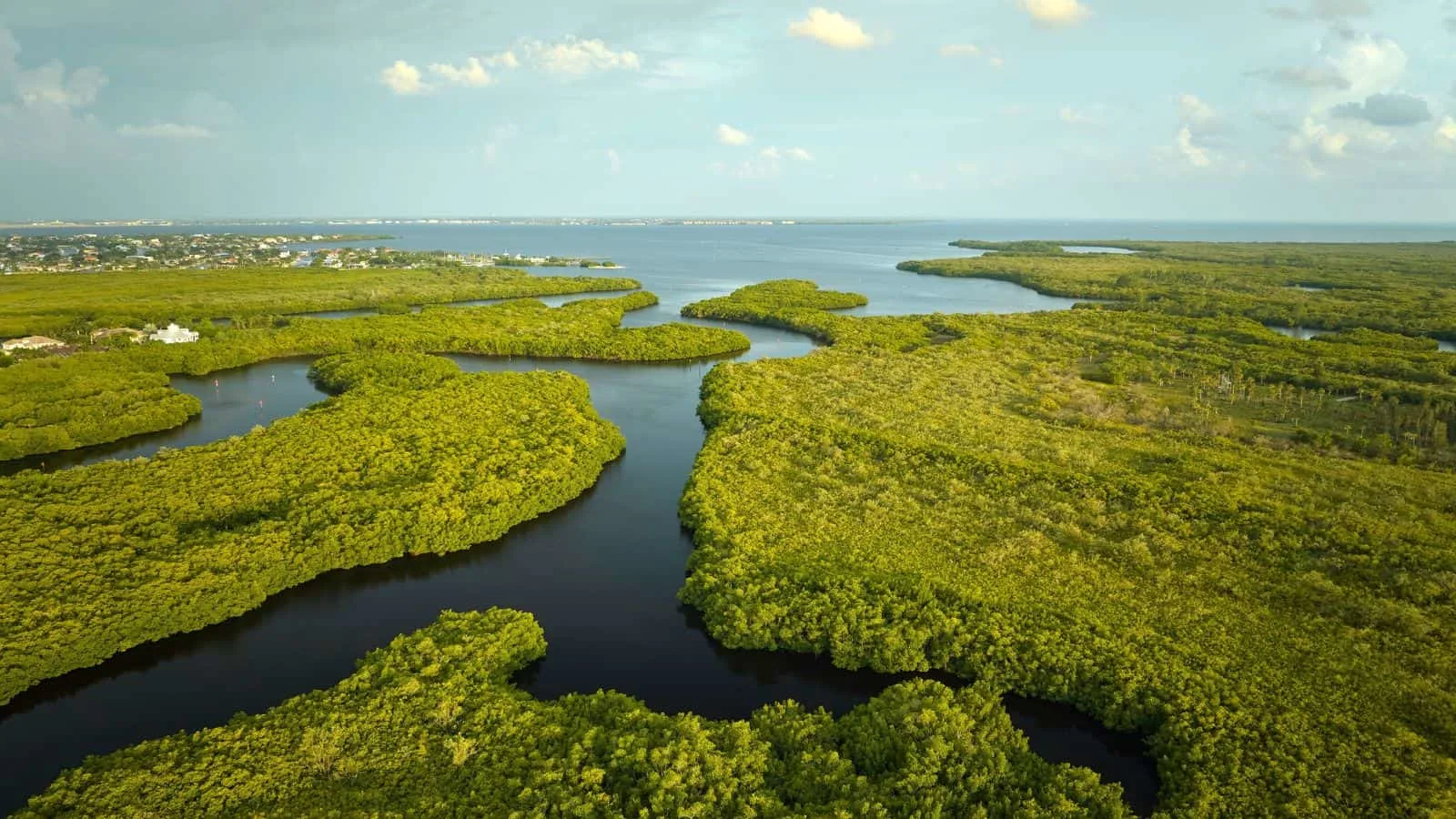
The American crocodile, native to the Everglades, is currently classified as threatened by the U.S. Fish and Wildlife Service as reductions to water flow wipe out its habitat. This change is caused by climate change and water pollution, which are putting the Everglades National Park at large in danger.
At the request of the United States, Everglades National Park has been inscribed on UNESCO’s list of World Heritage in Danger. The park has been on the list one time prior, but was removed in 2007 for restoration efforts taking place.
17. Cerro Rico Mountain, Bolivia
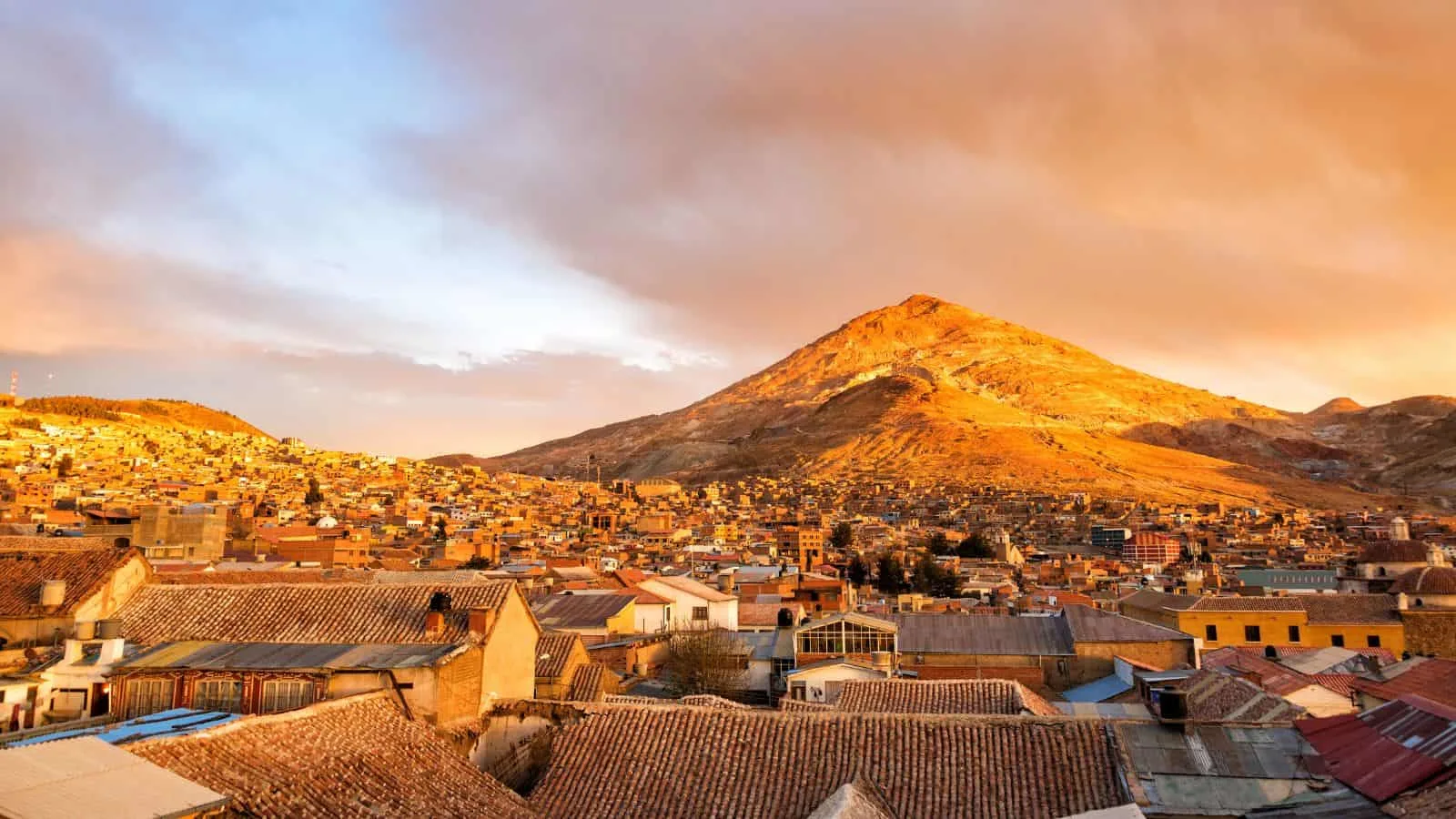
Translating into “rich hill,” Cerro Rico Mountain is on the verge of collapse. Underneath the mountain is one of the largest silver deposits in the world, which over time, has become extremely overmined.
The Cerro Rico mine turned the city of Potosí into an imperial city that rivaled Madrid. Now, that site has researchers concerned that the mountain may not be standing in the coming years as mining continues today, also severely limiting worker life expectancy due to dust and mercury poisoning.
18. Athabasca Glacier, Canada
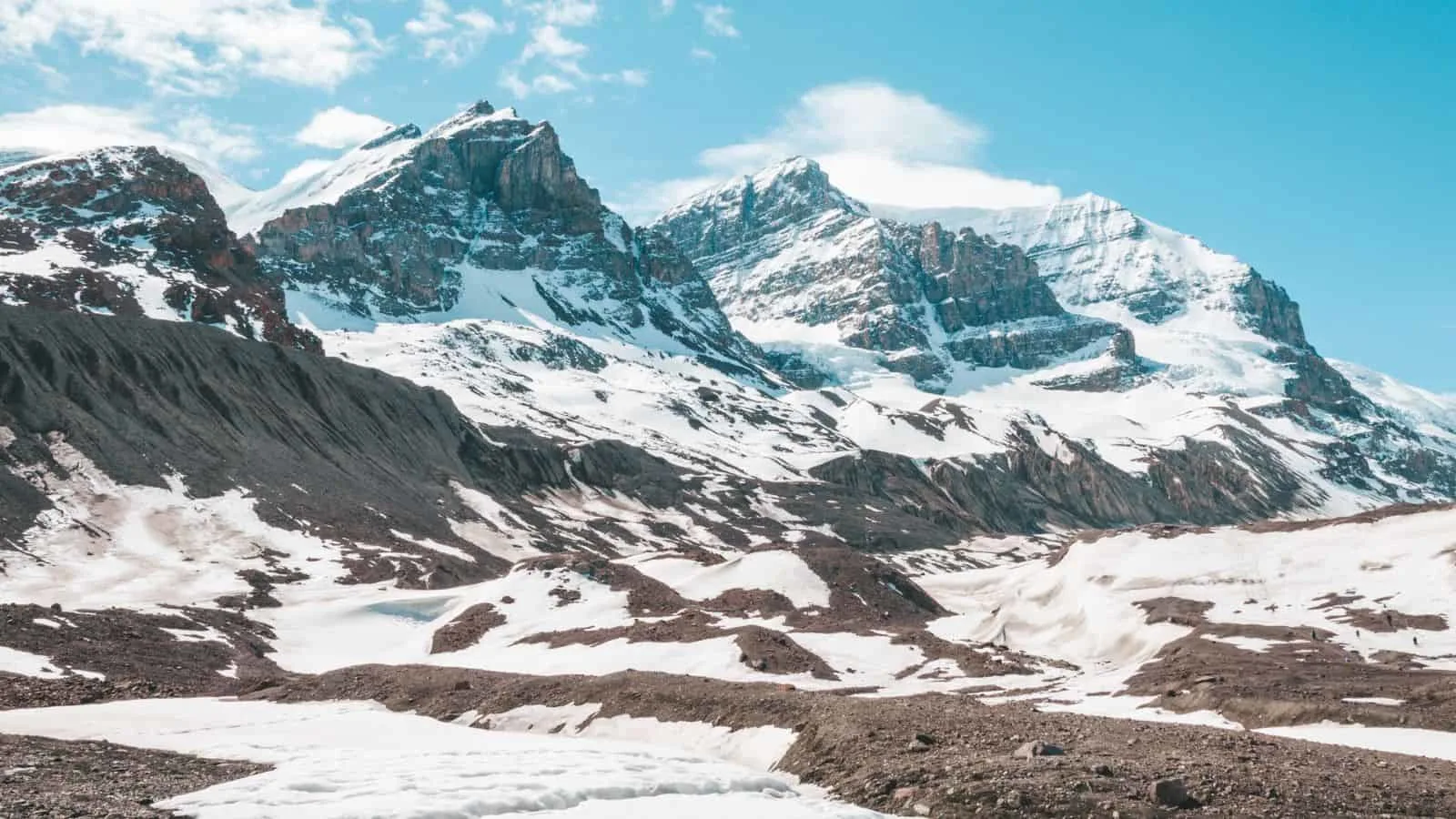
70% of glaciers in Western Canada will disappear by 2100, and the Athabasca Glacier may be one of them, reports the Toronto Star. “We’re losing at least five meters a year on the surface of that glacier,” warns John Wilmshurst, Jasper National Park’s resource conservation manager.
It’s only going to get worse in the coming years. Between 2020 and 2040, Athabasca Glacier is predicted to see the majority of its remaining ice melting.
19. The Amazon Rainforest
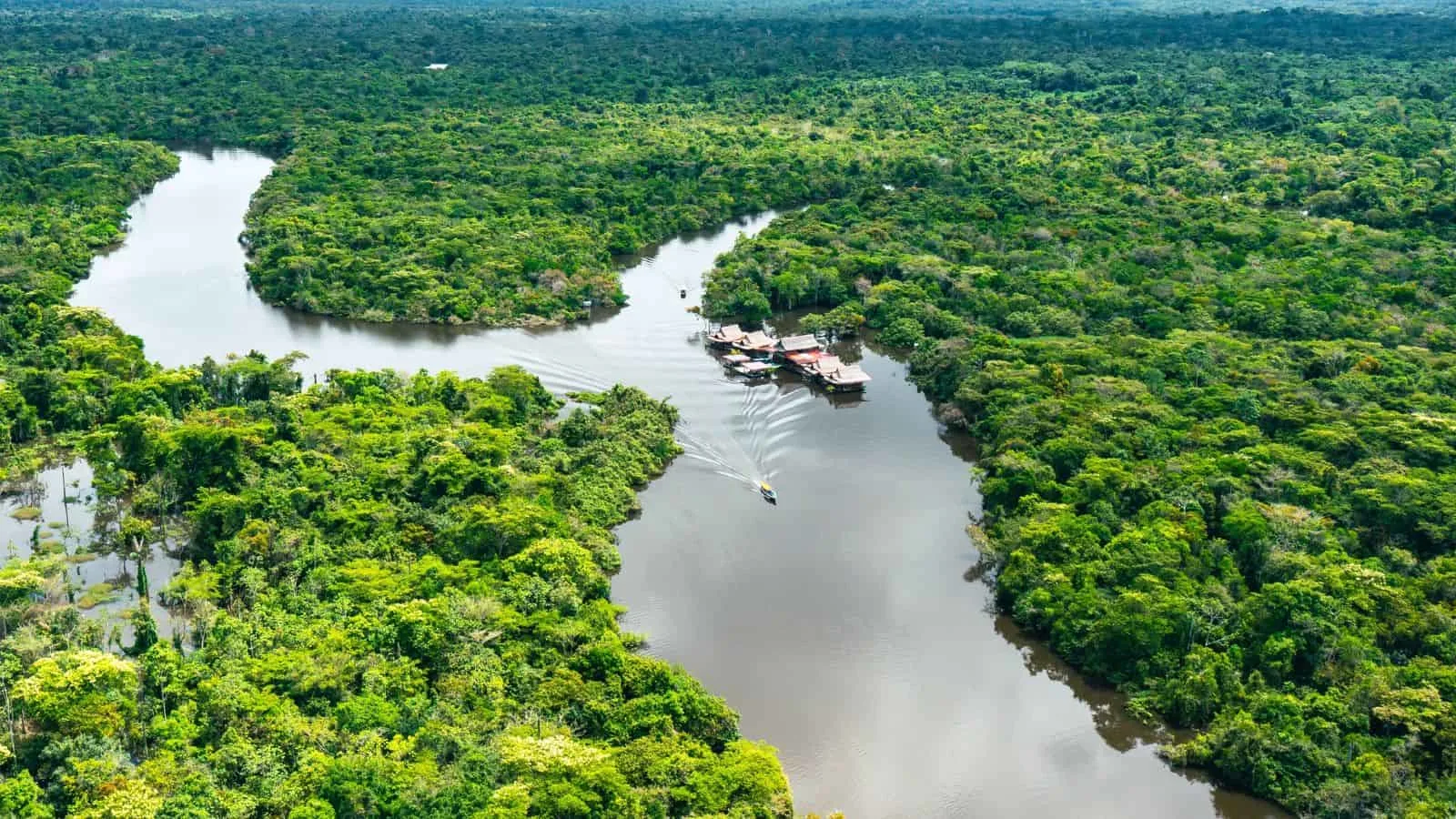
It’s no secret that the Amazon Rainforest has been sharply in decline for years. The world’s largest rainforest covers 2.3 million square miles, eight countries, and one territory. Deforestation, along with illegal mining and climate change, is the largest culprit of the Amazon’s rapid shrinkage.
If deforestation continues at its current rates—the highest in years—27% of the Amazon will be treeless by 2030. Brazil’s campaign to occupy the region in the 1970s, after deciding the empty land was a security risk, spurred the effort to destroy the Amazon, as explained in a Time investigation into the issue.
UNESCO World Heritage Sites unveil the world’s most prized destinations
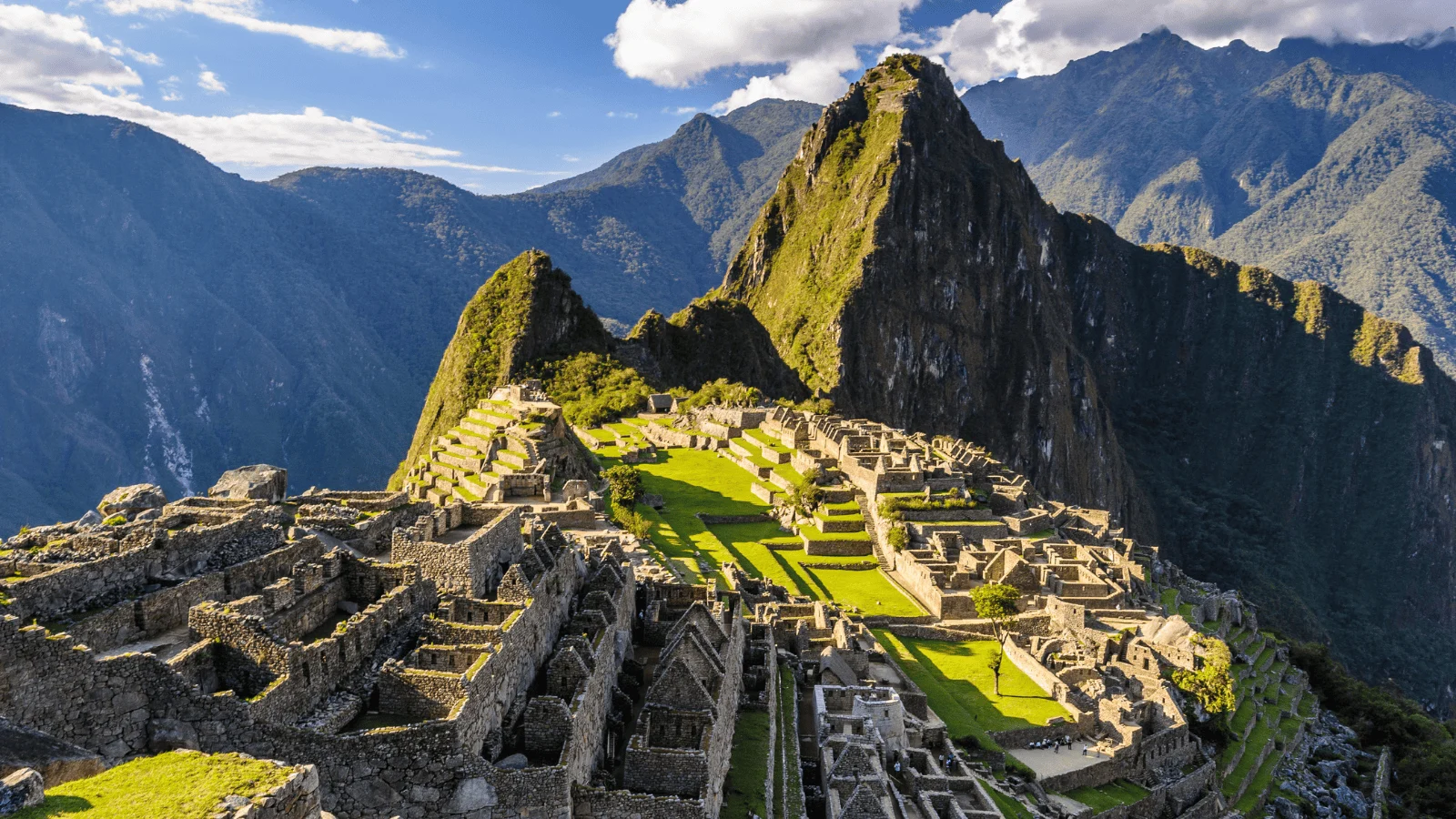
With over 1,000 World Heritage Sites on the list, figuring out which ones are actually worth going to can be tricky. These are some of the most interesting.
16 Bucket List-Worthy UNESCO World Heritage Sites That Bring History to Life
These destinations are about the food, not the landmarks

Taking a culinary vacation is an amazing way to discover a totally new culture.
Eat Your Heart Out: 15 Indulgent Destinations for Food Lovers

Elise Armitage is an entrepreneur and founder of What The Fab, a travel + lifestyle blog based in California. At the beginning of 2019, Elise left her corporate job at Google to chase her dreams: being an entrepreneur and helping women find fabulous in the everyday. Since then, she’s launched her SEO course Six-Figure SEO, where she teaches bloggers how to create a passive revenue stream from their website using SEO. Featured in publications like Forbes, Elle, HerMoney, and Real Simple, Elise is a firm believer that you can be of both substance and style.

